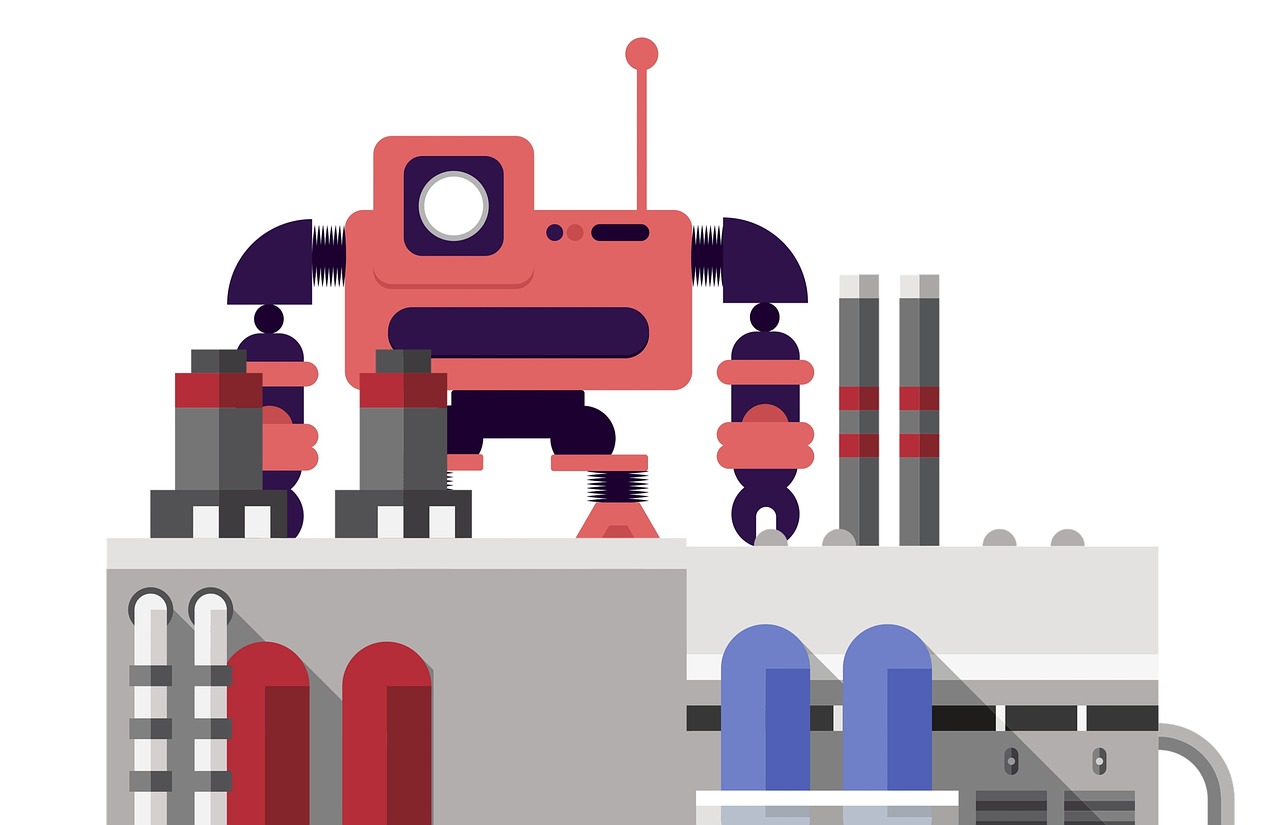
25 Jun ASK AN INDUSTRIAL FUTURIST: HOW ARE COMPANIES EVOLVING TO MEET TOMORROW’S CHALLENGES?
Any industrial futurist would be remiss if they didn’t emphasize just how much that the global business landscape is constantly evolving. Even more as we move deeper into the next decade, with the next 10 odd years predicted to bring more change (lucky us) than the last 10,000. In any case, that’s all well and good to speak of from a broad sense. But being industrial futurists and keynote speakers, we wanted to take a closer look at what these shifts mean in practice.
Industry 4.0 and the Internet of Things (IoT)
To start off with, you’ve probably noted the growing integration of Industry 4.0 principles and the Internet of Things (IoT) into industrial processes. This convergence combines physical machinery with digital technologies, enabling the exchange of real-time data and fostering automation, predictive maintenance, and intelligent decision-making. In practical terms, IoT sensors and connected devices facilitate seamless communication between machines, optimizing production, and reducing downtime.
Artificial Intelligence (AI) and Machine Learning (ML)
Smart technologies such as these are transforming industries by enhancing productivity, improving decision-making, and enabling predictive analytics. With AI-powered systems, industries can automate repetitive tasks, analyze vast amounts of data, and identify patterns and anomalies. On the flip side, machine learning algorithms learn from data to make predictions, optimize operations, and even support autonomous decision-making in sectors like manufacturing, logistics, and healthcare.
Robotics and Automation
News flash: New advancements in robotics and automation technologies are also revolutionizing manufacturing processes. For example, robots equipped with AI capabilities are replacing human workers in repetitive, hazardous, and physically demanding tasks, boosting productivity and precision. Collaborative robots (cobots) are designed to work alongside humans, offering increased flexibility and safety in industrial settings. As for automation, it’s streamlining supply chains, reducing costs, and ensuring consistent quality across production lines.
Sustainable Practices and Green Technologies
As the world faces increasing environmental challenges, entire industries are working overtime to go greener. Renewable energy sources such as solar and wind power are being integrated into manufacturing facilities to reduce carbon emissions. Green materials and eco-friendly manufacturing processes are gaining prominence, driven by consumer demand for sustainable products. Circular economy concepts, including recycling and waste reduction, are becoming integral parts of industrial operations.
Everything Becomes On-Demand
Additive manufacturing, commonly known as 3D printing, is reimagining traditional manufacturing methods. As a cutting-edge high-tech advancement, it allows the creation of complex and customized objects layer by layer, reducing waste and enabling rapid prototyping. Industries are utilizing 3D printing in various applications, including aerospace, healthcare, automotive, and consumer goods. The ability to produce components on-demand and near the point of use is transforming supply chains and opening new avenues for product design and innovation.



